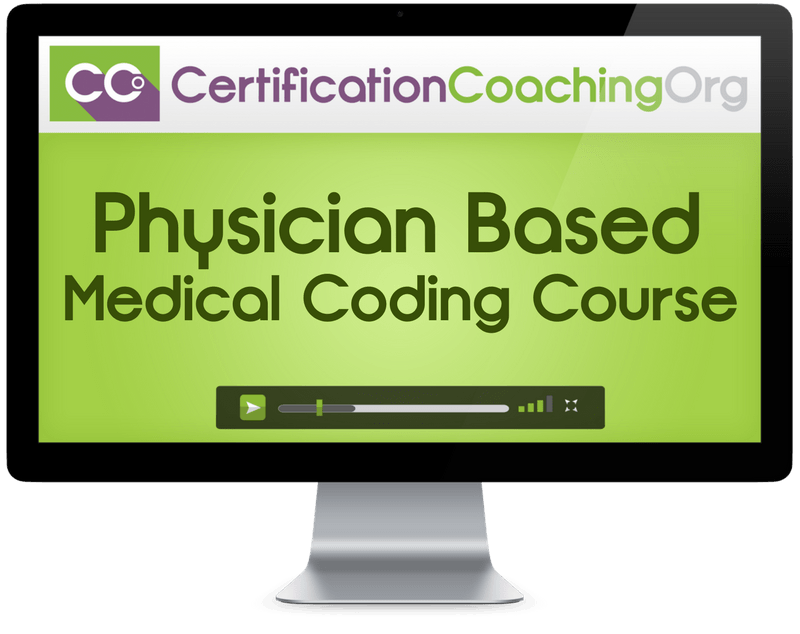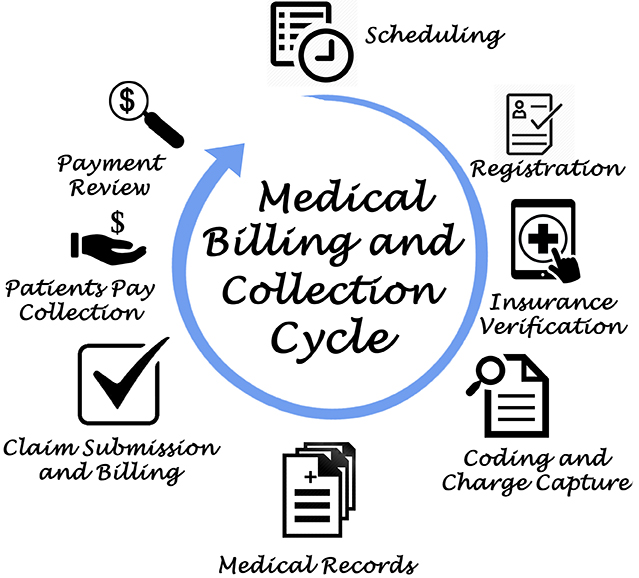Explore the Different Kinds of Medical Coding Training Available for Aspiring Coders
In the developing landscape of medical care, clinical coding arises as an appealing job path for tech-inclined people. Because of this, a range of training programs has actually emerged, each satisfying different learning styles and job goals. From typical class setups to flexible on-line programs, and specialized accreditations, the opportunities are different and plentiful. Deciphering these choices, nevertheless, needs a much deeper understanding, making it critical for potential students to get started on a journey of expedition and decision-making.
Decoding the Fundamentals of Medical Coding Training
Typically misinterpreted, clinical coding is an essential component in the health care industry. It functions as a language, translating healthcare medical diagnoses, treatments, solutions, and tools right into universally approved, alphanumeric codes (Online Medical Coding Course). These codes create a vital part of medical documents and payment procedures, guaranteeing accuracy and uniformity in the documentation of person treatment
Clinical coding training, therefore, equips students with the abilities to comprehend and accurately appoint these codes. Programs normally cover a broad series of topics, consisting of anatomy and physiology, medical terms, and the certain coding systems, such as the International Classification of Conditions (ICD) and Current Procedural Terminology (CPT)
The training not just concentrates on academic knowledge however also highlights sensible application through coding exercises and study. This combination of theory and practice prepares striving programmers for the intricacy and challenges they might face in their professional journey within the medical care industry.
Online Vs Traditional Class: Comparing Medical Coding Training Systems
As the electronic age proceeds to develop, so do the platforms for clinical coding training, presenting a selection in between traditional classroom training and online programs. Conventional classroom training provides face-to-face communication, immediate feedback, and an organized understanding atmosphere.
On the various other hand, on-line programs supply versatility, enabling students to study at their own pace and benefit. They offer access to a riches of resources and enable learners to evaluate materials as often times as needed. Online learning calls for self-control, great time administration, and may limit possibilities for my company straight interaction with instructors and peers.
The selection in between these two platforms relies on a person's knowing design, timetable, and individual preferences. Both platforms intend to provide extensive medical coding training, preparing ambitious programmers for a satisfying profession in the healthcare sector.
Navigating the Course to Specialized Medical Coding Certifications

This accreditation validates the coder's effectiveness in reviewing clinical graphes and assigning right codes for services, treatments, and medical diagnoses. Following this, programmers can make every effort for even more customized qualifications, such as the Certified Inpatient Coder (CIC), or Certified Danger Modification Programmer Visit Website (CRC) among others.
Conclusion
Finally, various clinical coding training choices exist for aspiring programmers, each dealing with various discovering choices and way of lives. Whether it's standard classroom training for those that like structure and straight interaction, or on-line courses for those looking for flexibility, there's something for everyone. Specialized accreditations view it now such as CPC and CIC better enhance occupation prospects, making it critical for learners to carefully consider their needs and goals when selecting their training course.
In the evolving landscape of healthcare, clinical coding arises as a promising career path for tech-inclined individuals. These codes form an essential component of clinical documents and invoicing processes, guaranteeing precision and harmony in the documents of individual treatment.
